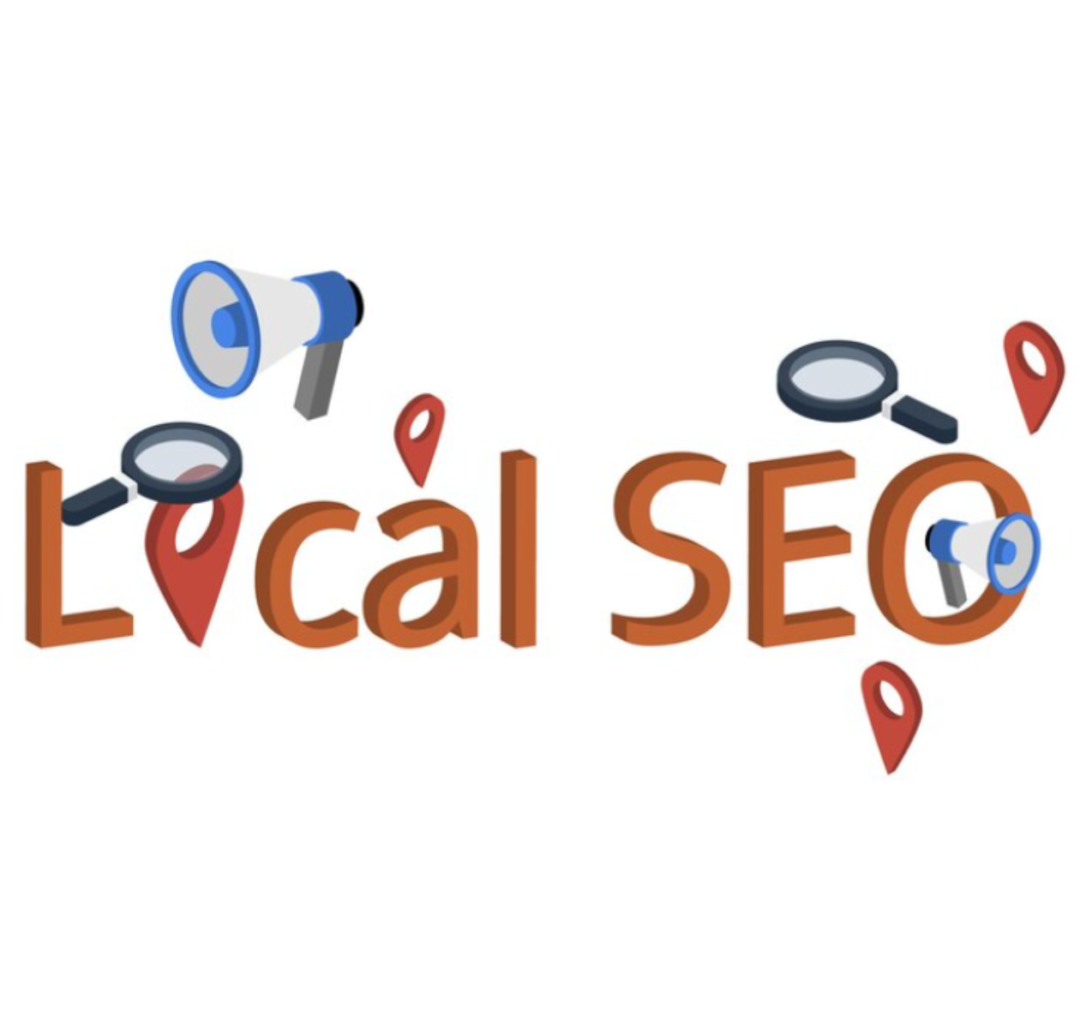In the highly competitive digital environment we live in today, having a strong online presence is essential for businesses to succeed. For small medium-sized businesses in particular, local SEO (search engine optimization) has become an effective technique for increasing their visibility in local search results. We’ll look at five efficient local SEO tactics in this post that can greatly increase the exposure of your business and draw in more clients.
Introduction to Local SEO
What is Local SEO?
The practice of improving your internet presence to draw in more business from relevant local searches is known as local SEO. In order for your website, content, and online profiles to show up in local search results when people look for goods or services nearby, you need to optimize them.
Importance of Local SEO for Brands
Local SEO is essential for brands looking to target customers in specific geographic locations. It helps businesses connect with local customers at the exact moment they’re searching for a product or services. By appearing in local search results, businesses can increase their visibility, attract more foot traffic to physical locations, and ultimately drive more sales.
Understanding Local SEO Ranking Factors
1. Relevance
Google’s algorithm considers the relevance of a business to a user’s search query, including keywords, business categories, and content relevance.
2. Distance
The proximity of the business to the user conducting the search is a crucial ranking factor in local SEO. Google aims to provide users with results that are closest to their location.
3. Prominence
The popularity, credibility, and reputation of a company are referred to as its prominence. Online reviews, citations, and backlinks are some of the elements that influence how prominent a business appears in local search results.
Five Effective Local SEO Strategies
1. Optimizing Google My Business Listing
For local Search Engine Optimization to be successful, you must claim and enhance your Google My Business (GMB) listing. Make sure that the name, address, and phone number (NAP) of your company are correct and consistent on all web platforms. To improve your listing, include relevant categories, company hours, and high-quality photographs.
2. Localized Content Marketing
Deliver matter that is tailored to the needs of your target market in particular regions. To draw in local clients, use location-based keywords, make landing pages tailored to your area, and compose blog entries about events and subjects that are unique to your area.
3. NAP Consistency
Maintaining consistency in your business’s name, address, and phone number (NAP) across all online platforms is crucial for local SEO. Inaccurate or inconsistent NAP information can confuse search engines and potential customers, negatively impacting your local search ranking.
4. Online Reviews Management
To improve your GMB listing and other review sites ask happy customers to write good reviews. It is important to show that you value client feedback and are dedicated to providing superior support by swiftly responding to both positive and negative evaluations.
5. Local Link Building
Establish connections with local companies, associations, and influencers to obtain backlinks from reputable local websites. To raise your brand’s awareness and reputation in the surrounding area, get involved in local activities, contribute to neighborhood projects, and work with local bloggers or journalists.
Tools for Local SEO Management
1. Google My Business
Google My Business provides businesses with a free platform to manage their online presence across Google Search and Maps. It offers features such as business listing management, review monitoring, and insights into customer engagement.
2. Moz Local
Moz Local is a powerful tool for managing and optimizing your business’s online listings across various platforms and directories. It helps ensure NAP consistency, monitor online reviews, and track local search rankings.
3. Bright Local
Brightlocal offers a suite of tools SEO, including local rank tracking, citation building, and review management. It provides businesses with actionable insights and reports to improve their local search performance.
Measuring Website Traffic
1. Tracking Local Rankings
Monitor your business’s local search rankings for target keywords and phrases using tools like Google Search Console and third-party rank tracking software. Track changes over time and adjust your local SEO strategy accordingly.
2. Monitoring Website Traffic
Examine the traffic coming from local search engines to your website in order to gain insight into how people are finding and using it. To optimize your website for local search, find the best pages, conversion rates, and user engagement metrics.
3. Analyzing Conversion Rates
Track conversions from local search sources, such as phone calls, form submissions, and store visits, to measure the effectiveness of your local SEO efforts. Use conversion tracking tools to attribute leads and sales to specific local search campaigns and channels.
Conclusion
Adopting efficient local SEO tactics is crucial for companies who are hoping to build their brand locally, get more exposure, and draw in more clients. You may raise your rankings in local search results and produce real business outcomes by making the most of your online presence, interacting with local clients, and keeping an eye on your performance.


1 Comment
Nunc velit metus, volutpat elementum euismod eget, cursus nec nunc.
The Importance of SEO in Digital Marketing Strategies
[…] force in the rapidly expanding field of digital marketing. It forms the framework for an entire internet marketing strategy. Businesses may build the foundation for long-term growth, enhanced visibility, and a competitive […]